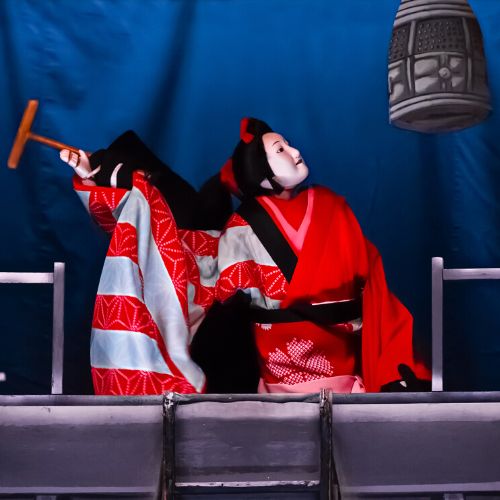The Bunraku Puppets Of Japan
1. Bunraku Ningyo: These Bunraku puppets are the most popular and are characterized by their detailed craftsmanship and realistic movement. They are handmade, with a complex internal structure that allows them to move freely.
2. Kugutsu Puppets: These are traditional puppets that represent human or animal figures. Some models can be controlled by operators manually or using wireless marionettes to manipulate them like a traditional marionette.
3. Gashira puppets: These puppets are especially large and used in Japanese plays to represent important characters, such as warriors, nobles and religious figures. Some can even measure up to two meters high!
4. Chindon-ja puppets: These puppets are mainly used in street processions to promote events related to entertainment, such as music festivals or other noteworthy cultural events.
